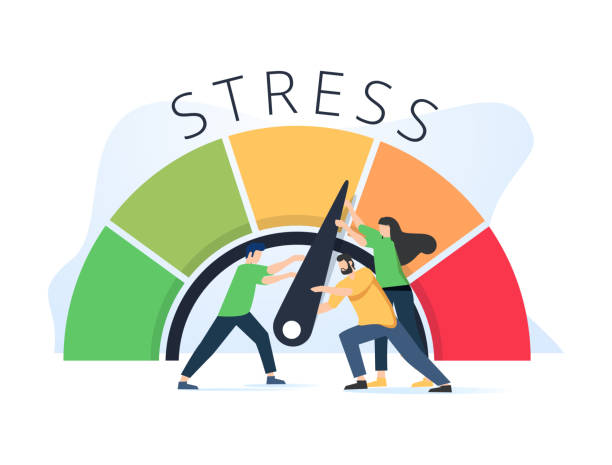There are two times when forced degradation studies are needed when developing a stability-indicating method for the analysis of a drug product[1]. The first set of studies uses only the active pharmaceutical ingredient (API). Since the goal of the method is to isolate the API from any interfering compound, it is useful to know what those compounds might be. The chromatographic process can be aided by using impure lots of the API which already contain related substances. But unless you are working with the synthetic group, it’s difficult to get these materials. So degradation products are created by stressing the API with heat, light, acid, base and oxidizers, and chromatography is used to assess whether any new compound formed is well resolved from the API peak.
The second time forced degradation studies are conducted is after the formulation composition of the product has been selected. Because a semi-solid product contains a variety of excipients2,3, there is the possibility that they might react with the API given sufficient time. So the same stressors are used to induce degradation. And since some of the excipients may be included in the product to preserve the API, enough stress must be applied to overcome that protection. But if too much stress is applied, the product becomes too degraded and it is no longer representative of actual samples.
The purpose of forced degradation is to create compounds that may be generated during the shelf life of a drug product. However, there is no guarantee that only the degradation products produced in stressed samples will be found in stability testing. While the only way to create a two year old sample is wait 24 months, forced degradation studies provide the best surrogate.
2 Mohammed, et al., Adv. Drug Deliv. Rev., 2022; 186:114293
3 Rao, et al., Pharm. Res., 2020; 37(10):200

